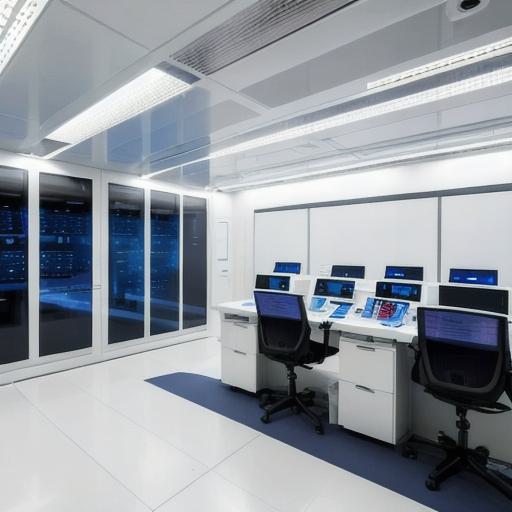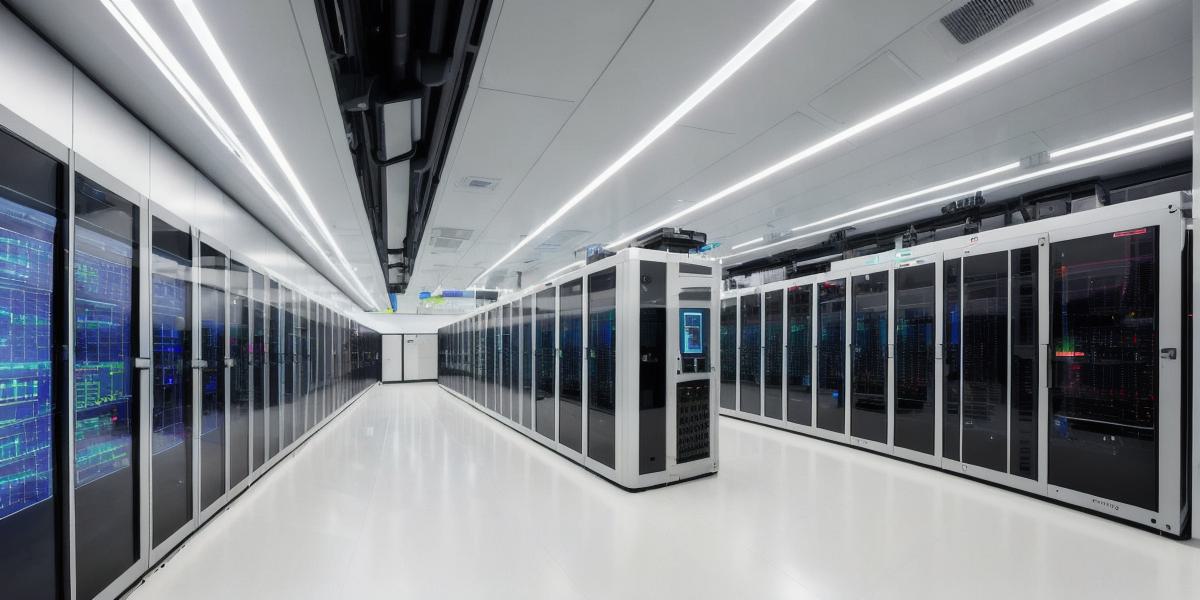A data clean room is a secure and isolated environment where data from multiple sources can be analyzed and combined without directly exposing the underlying raw data. The term "clean room" comes from the high-tech industry, where it refers to a physically and technologically controlled space where sensitive materials are handled. In the context of data analysis, a clean room serves a similar purpose: it provides a protected environment for working with sensitive information while maintaining strict privacy regulations.

Google’s Implementation of Data Clean Rooms for Privacy Protection
Google has implemented data clean rooms to enable advanced advertising and measurement capabilities while ensuring user privacy. The company uses federated learning techniques to analyze data on-device or in a centralized, privatized environment without revealing individual-level information. Google’s data clean room solution, called "Federated Learning of Cohorts," allows companies to collaborate on machine learning models using anonymized and aggregated data.

Key Components of Google’s Data Clean Room Solution
- Privacy-Preserving Techniques: Google uses techniques like differential privacy, which adds noise to the data to prevent the identification of individuals, and secure multi-party computation (MPC), which allows multiple parties to perform computations on their private data without directly sharing it.
- Federated Learning: This machine learning approach trains models locally on user devices or in a centralized, privatized environment, ensuring that individual data remains protected while contributing to the collective knowledge of the model.
- Anonymized and Aggregated Data: By processing anonymized and aggregated data, Google can derive insights without revealing sensitive information about individuals. Companies using Google’s clean room solution can collaborate on modeling and analysis while maintaining user privacy.
- Cohorts: Instead of focusing on individual users, Google’s solution uses cohorts – groups of users with similar characteristics. This approach ensures that user data remains private while enabling effective advertising and measurement capabilities.
Benefits and Use Cases of Google’s Data Clean Room Solution
Google’s data clean room solution offers several benefits for businesses and organizations:
- Privacy-Preserving Advertising: Companies can target their ads more effectively while maintaining user privacy by using aggregated and anonymized data.
- Collaborative Machine Learning: Federated learning allows multiple parties to collaborate on machine learning models without sharing sensitive data.
- Advanced Measurement Capabilities: By analyzing data in a private and secure environment, companies can gain insights into user behavior and preferences without compromising privacy.
- Protection Against Data Leaks: Google’s clean room solution helps prevent potential data leaks by keeping sensitive information isolated and encrypted throughout the analysis process.
In conclusion, Google’s implementation of a data clean room using federated learning techniques, privacy-preserving methods, and cohort analysis enables advanced advertising and measurement capabilities while maintaining strict privacy regulations. By ensuring that user data remains protected, Google’s solution helps businesses collaborate effectively on machine learning models and gain valuable insights without compromising user privacy.
